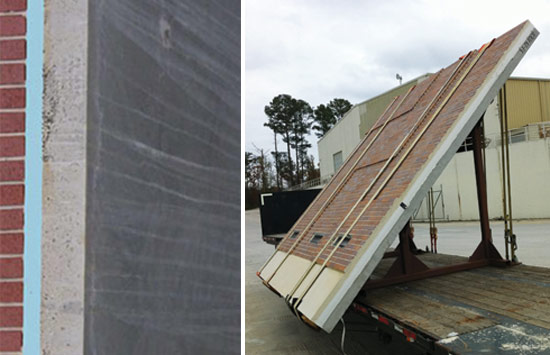Precast Concrete for High Performance Building Envelopes
Material Resilience
There is an increasing demand for today's buildings to be resilient, not only to the ravages of time, but to climate and environmental considerations as well. This imperative means structures must not only be durable, but they must be able to withstand natural and manmade disasters, and promote life safety and healthy indoor environmental quality for building occupants.
• Structure durability. Precast concrete can promote the resilience of a structure on many levels.
Long service life. Precast systems are typically very competitive on a first-cost basis, but the advantages shift strongly to precast's favor when the long-term benefits are considered. Precast's long term durability is a function of the building enclosure to resist impact, break-ins, corrosion, weathering, and abrasion, making it virtually maintenance-free and resulting in preservation of the building's original look. Because of these factors, high-performance insulated precast concrete panels can provide a building with a long design service life—a minimum of 50 to 60 years—that outpaces other façade designs.
Further, because precast concrete panels are normally large, the quantity of joints in the building cladding is reduced. The fewer number of joints produces fewer locations for leaks to develop due to joint failure. Fewer joints also reduce the life-cycle cost of replacing joint sealants and add value to the project for the client. Typically, the only maintenance precast concrete panels require is recaulking, with the service life of sealants dependent on the quality of the material, installation, and exposure conditions. To minimize problems, joint sealants should annually be inspected and repaired if necessary.
Architects should note, however, that quality precast production requires low water-cementitious ratios, good compaction, and curing in a controlled factory environment. A low water-cementitious ratio has been proven to increase strength, and resistance to weathering and corrosion. It is recommended that design professionals specify the precaster be certified to ensure precast products produced for their project will meet the highest quality-assurance standards in the industry.
 |
Precast sandwich wall panels, which contain twowythes of concrete that sandwich insulation, can provide the continuous insulation, air barrier, and vapor retarder in one efficient system. Image by PCI (left) ; Photo by Gate Precast Company (right) |









